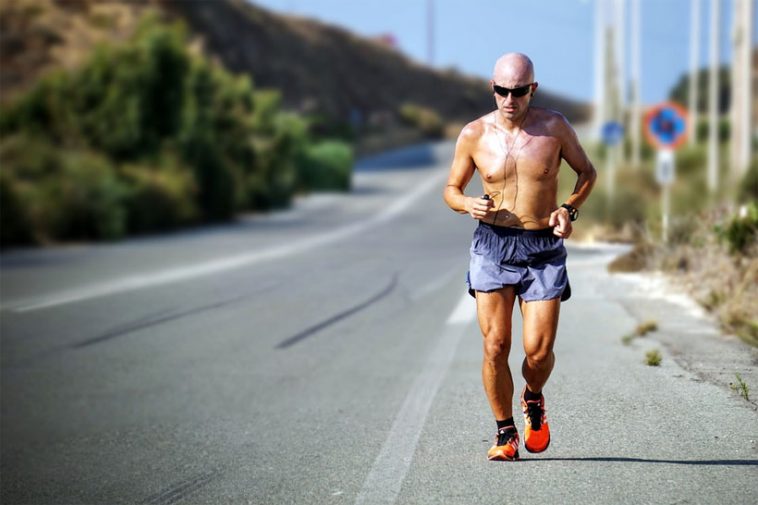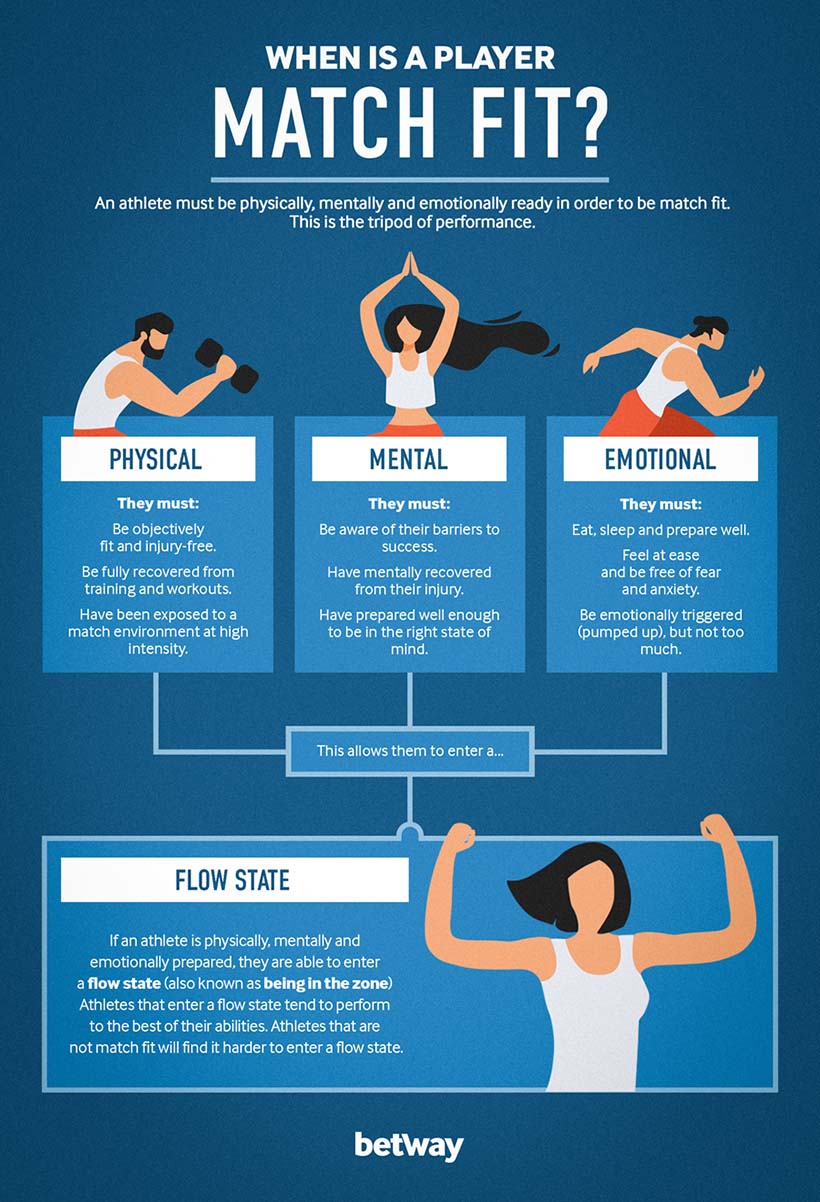- Like
- SHARE
- Digg
- Del
- Tumblr
- VKontakte
- Flattr
- Buffer
- Love This
- Save
- Odnoklassniki
- Meneame
- Blogger
- Amazon
- Yahoo Mail
- Gmail
- AOL
- Newsvine
- HackerNews
- Evernote
- MySpace
- Mail.ru
- Viadeo
- Line
- Comments
- Yummly
- SMS
- Viber
- Telegram
- JOIN
- Skype
- Facebook Messenger
- Kakao
- LiveJournal
- Yammer
- Edgar
- Fintel
- Mix
- Instapaper
- Copy Link
Introduction
By sports injury, we mean any injury related to sports and physical activity that leads to the cessation of activities and competitions and requires medical treatment.
The most common are injuries to the musculoskeletal system (bones, ligaments, joints, tendons, and muscles).
Treatment of sports injuries is a complex process that includes the control of pain and inflammation, maintaining or increasing the range of motion, restoring and increasing strength, restoring neuromuscular control, and maintaining cardiorespiratory fitness.
It’s important for an athlete to return to training and competition quickly and safely. But, the most important segment is the prevention of repeated injuries.
How Not to Get Injured Soon After Recovering?
“There are different aspects to it,” says Richard Collinge, Head of Medical Services at West Ham United in a recent interview with Betway.
“The science behind it all is now a major guide as to objectively clearing a player to return to training and then to return to a match, but the player has to also be psychologically ready. Those two things have to match, otherwise, that player isn’t going to be ready to play,” he adds.
Prevention is a set of activities that are undertaken in order to reduce the frequency and risk of injuries occurring during sports activities. Risk factors can be internal (poor nutritional status, previous injuries, congenital anomalies, and diseases) and external (inadequate sports equipment, improper training, and unfavorable environmental conditions). The reduction of risk factors also reduces the frequency of sports injuries by 15% to 50%.
Tips for Athletic Performance and Injury Prevention
The following activities are important for an athlete’s performance and for preventing injuries:
Sleeping
Sleeping has a leading and irreplaceable role because it’s necessary for maintaining the metabolic-caloric balance, thermal balance, rest, and the competence of the immune system.
Within the natural body rhythm, the organism goes through various phases, but what’s especially important is the time of hormone secretion, showing the different daily cycles, and even monthly cycles (menstrual, in female athletes). The growth hormone is secreted shortly after midnight, adrenocorticotropic hormone (ACTH, stress-related) around 6 am, and cortisol an hour earlier.
It’s necessary for an athlete to have a minimum of at least 8 hours of sleep, and the time to go to sleep shouldn’t be after 11 pm.
“The rehabilitation period isn’t cleared until we can match as best as possible the loading of the tissue that will be required for full training and then a 90-minute match,” stresses Collinge.
The Essence of Good Sleep in Numbers
The results of a large number of studies have shown how essential sleep is. Athletes who slept less than 8 hours were as much as 1.7 times more likely to be injured than athletes who slept 8 or more hours.
The results of the research also showed that athletes will have the same probability of injury if they sleep for 5 or 7 hours, but much higher if they sleep 6 hours or less than 5 hours. The likelihood of injury is dramatically reduced if you sleep 8, or better yet 9 hours.
Psychological Preparation
Loss of will, inability to focus, loss of self-control and perseverance, and responsibility towards oneself and teammates are just some of the parameters that significantly affect the achievement of results as the most important segment and feature of a career.
It’s of great importance that an athlete has a psychologist in the team, who together with the doctor performs psychological preparation, analysis of the current form, and preparation for future competitions.
The psychological aspect is one of the 3 most important aspects to athlete’s full preparedness to compete at the high-level – so-called match fitness.
“I consider it a tripod of performance – physical, mental and emotional,” says Dan Garner, who has coached UFC champions Ronda Rousey and Michael Bisping, three Super Bowl winners, and an Olympic gold medalist.
“What happens if one leg of a tripod is knocked out? It collapses. In order to determine whether someone is actually ready, they would need to be mentally, emotionally, and physically ready.”
What Is the Role of a Sports Psychologist?
Psychological preparation of athletes is a long-term, continuous process that’s performed during the entire process of playing sports (both in the training phase and in the competition phase), and is aimed at creating conditions for continuous improvement and development of psychological skills to increase the quality of sports performance.
The task of sports psychologists is to use the knowledge and skills they possess to help athletes achieve their goals and raise the quality of sports performance to a higher level.
Sports psychologists accomplish this task within four basic areas of activity:
- Scientific research
- Psychological assessment
- Psychological preparation
- Education
Training
Tissue that isn’t heated by improving circulation and elongated by gradual stretching is insufficiently flexible, which is the main reason for the appearance of acute injuries. Since good preparation also improves sports performance, each training session should consist of an introductory part (warm-up and dynamic stretching), the main part (matches, fights, etc.), and the end of training (cooling and static stretching).
- Introductory part – Its goal is to start the circulation, raise the temperature of the muscles to work temperature, and start the mechanisms for an adequate level of oxygen consumption. When stretching, it’s important that an athlete performs full amplitudes of movement, without sudden jerks.
- Main part – It’s specific to the given sport.
- End part – Static stretching at the end of training shouldn’t last longer than 15 minutes. However, this segment of training is often skipped or shortened. The duration of training shouldn’t exceed one and a half hours of varying intensity per day, and there should be days off.
Nutrition
A muscle that isn’t sufficiently circulated and oxygenated can be more easily injured. Also, the amount of energy that an athlete needs to compensate for after each training and competition depends on the type of sport. Therefore, waking time and scheduled training should determine the amount and composition of food, as well as meal times.
Hydration with diet is an important link. That’s why fluid replacement should follow the dynamics of exercise because an athlete shouldn’t feel thirsty either in training or in competition.
The Importance of a Balanced Diet Program for an Athlete
A properly balanced diet can be said to be, in addition to training, one of the most important factors for achieving maximum sports results, as well as preserving the athlete’s health.
- Impact of a properly balanced diet
Properly balanced diet directly affects the accelerated recovery of an athlete, who due to increased physical activity has depleted energy depots, lost electrolytes, vitamins, minerals, fluids, and accumulatedacidic metabolic products. As an athlete is exposed to positive physical effort, a balanced diet program is necessary on an individual level that will satisfy his/her specific nutritional needs.
- Negative aspects of improper diet
Most often, athletes meet only the energy needs of the body by entering the so-called empty calories from processed foods, while the body lacks protective substances (vitamins, minerals, electrolytes, and phytochemicals) and building materials (proteins and essential fats). The consequences of this diet are the creation of subcutaneous adipose tissue, decreased immunity and more frequent respiratory infections, faster fatigue, decreased strength, and thus the lack of maximum sports results.
Deficiency of essential nutrients caused by a poorly balanced diet can result in various types of sports injuries that can lead to absenteeism from training and important competitions, so the basic form of prevention is a properly balanced diet and supplementation program.
- The role of the nutritionist
The expert, dietitian-nutritionist will take into account all the factors in order to satisfy the nutritional needs of an athlete on an individual level and thus define a diet program in which the amounts of food are optimized. In addition to the caloric value, a dietitian-nutritionist also monitors the share of nutrients, because only in this way is an athlete sure that he/she will take in all the essential substances.
The advantage of a clearly defined diet program is that an athlete is easier to organize when the program is already determined in advance than that he/she has to design a combination of foods, and the unconscious mistakes of an athlete in nutrition are prevented.
The nutrition of athletes before, during, and after the competition is especially important, because if there was insufficient and incorrect food intake, it will directly affect the sports results. Athletes are often unaware that poor results are largely due to poor nutrition.
- Supplementation
An athlete’s supplementation is an integral part of the diet program and only properly combined with the diet can affect the preservation of health, speed up recovery, and thus improve the results of an athlete.
Recovery
It’s as important as the training itself because, depending on how rested an athlete was when he/she came to training, the incidence of injury directly increases or decreases.
Some of the recovery methods are – massage, active recovery, regenerative training, cryotherapy, contrast baths, hyperbaric chambers, compression stockings, stretching, sleep, rehydration, supplements, etc. If an athlete doesn’t have a balance between activities and rest, he/she enters the phase of overtraining.
Conclusion
When it comes to athletic performance, injury prevention and recovery is of utmost importance for professional and amateur athletes alike.
All injury prevention and treatment methods aren’t always a one-size-fits-all solution, though. That being said, there are common injury prevention and recovery protocols that can get most athletes back on their feet and into the game quite quickly.
And while it’s important for an athlete to return to training and competition quickly, a key takeaway here is that it must be done safely. Following the general tips in this guide are a great place to start. But if or when in doubt, always consult a specialist.
About Shannon Clark
Shannon holds a degree in Exercise Science and is a certified personal trainer and fitness writer with over 10 years of industry experience.


